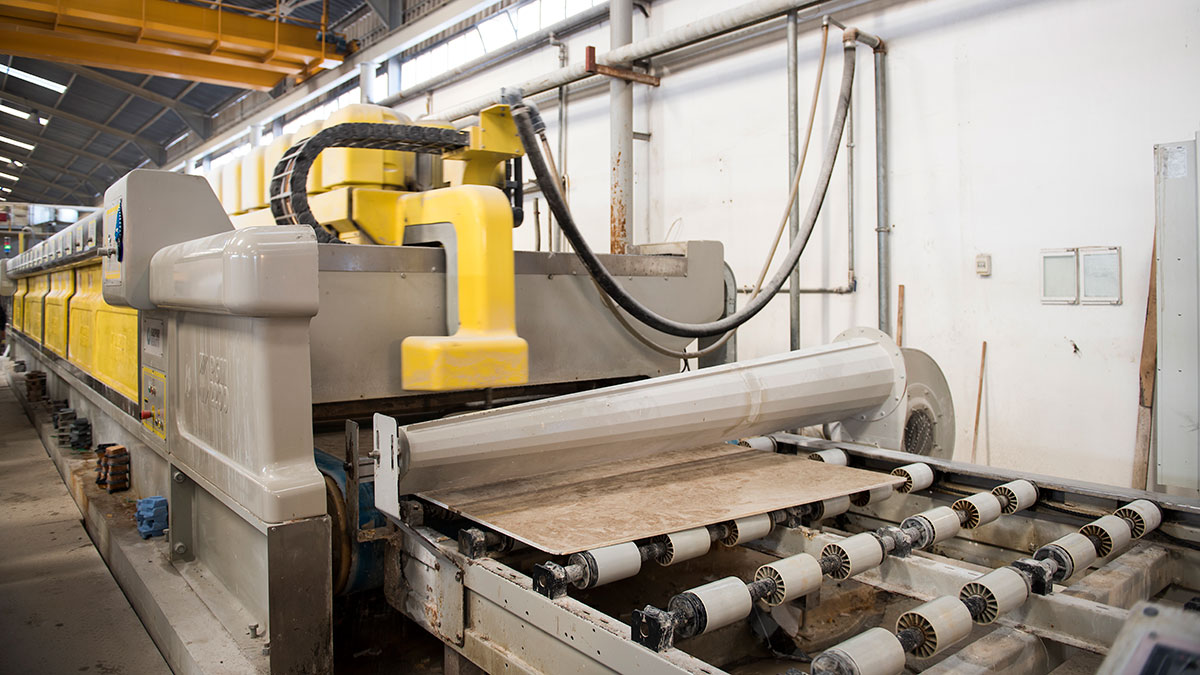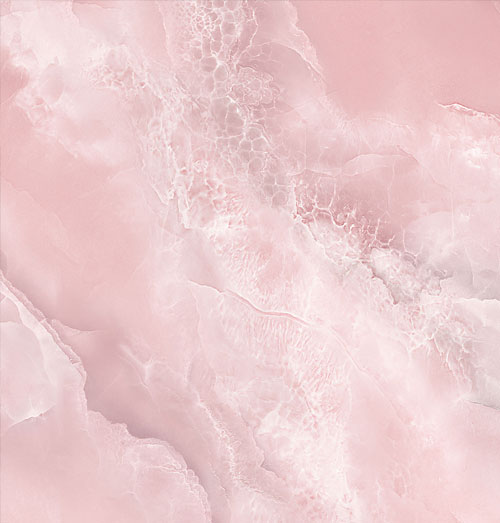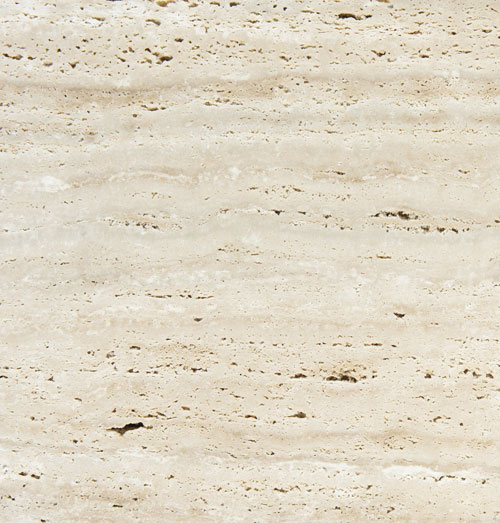Marble Slab Production Process
Our marble slab production process involves several key stages to ensure the highest quality end product.
-
Saw Cutting
Marble blocks undergo saw cutting using circular saws, sand saws, or general saws. This process divides the blocks into slabs of various sizes.
-
Drying, Repairing, or Masking
Depending on the condition of the marble blocks, they may undergo drying, repairing, or masking procedures. Blocks with cracks, holes, or other imperfections are treated with resin gluing or masking to enhance their durability and appearance.
-
Polishing
Polishing is a critical stage in our production process. Through precise removal of material, we achieve the desired dimension, surface finish, and shape of the marble slabs. This stage enhances the natural beauty of the marble, bringing out its luster and elegance.
-
Curing
After polishing, the marble slabs undergo a curing process to ensure optimal strength and stability. This step allows the resin to fully bond with the marble, enhancing its resilience and longevity.
-
Warehousing
Once the marble slabs have been processed and cured, they are carefully stored in our warehouse facilities. This ensures proper storage and organization, ready for shipment to our customers.
Our commitment to excellence extends to every stage of the marble slab production process. By combining traditional craftsmanship with advanced technology and meticulous attention to detail, we deliver marble slabs of unparalleled quality and beauty to meet the diverse needs of our customers.




Marble Surface Finishing Options
At Artistik Stone Surfaces, we take pride in offering a diverse range of surface finishing options to complement our marble slabs. Our production process begins with the use of gang saws to cut rough blocks into the specified thickness, ensuring precision and consistency. Using state-of-the-art Italian technologies and leveraging the expertise of our well-trained and professional workers, we meticulously finish the surface of our marble slabs to meet the highest standards of quality and aesthetics. Our range of surface finishing options includes:
-
Polished
A glossy, mirror-like finish that enhances the natural beauty and color of the marble, creating a luxurious and elegant appearance.
-
Honed
A matte or satin finish that offers a smooth and velvety texture, providing a subtle and understated elegance to the marble surface.
-
Brushed
Achieved by brushing the surface with abrasive brushes, this finish creates a textured, rustic appearance with a soft, weathered feel.
-
Bush-Hammered
Characterized by a rough, textured surface created by a specialized hammering technique, this finish adds depth and visual interest to the marble.
-
Sandblasted
This finish involves blasting the surface with fine sand particles to create a uniform, textured surface with a slightly rough feel, ideal for adding traction to outdoor applications.
-
Flamed
Achieved by subjecting the surface to high heat, this finish creates a rough, textured surface with a natural, weathered appearance, perfect for interior or outdoor projects.
We offer these diverse surface finishing options to ensure that our customers have a variety of choices to suit their specific design preferences and project requirements. Whether it’s a sleek and polished look or a rustic and textured finish, Artistik Stone Surfaces is committed to providing premium quality marble slabs that inspire creativity and elevate spaces.

Exporting Marble Slabs: A Journey from Quarry to Destination
Marble, with its timeless beauty and unparalleled elegance, has captured the hearts of designers, architects, and homeowners around the world. From the pristine white of Carrara to the rich veining of Calacatta, marble slabs are prized for their versatility and aesthetic appeal. But what goes into the process of exporting these exquisite natural stone treasures? Join us as we delve into the stages of exporting marble slabs, from quarry to destination.
-
Stage 1: Quarrying and Extraction
The journey of a marble slab begins deep within the earth, where skilled quarry workers extract blocks of raw marble from the earth’s crust. Using advanced machinery and techniques, these blocks are carefully extracted to preserve their integrity and quality. From the quarry site, the blocks are transported to processing facilities for further refinement.
-
Stage 2: Processing and Cutting
Once at the processing facility, the raw marble blocks undergo a series of cutting and shaping processes to transform them into slabs of uniform thickness. Advanced machinery, including diamond-tipped saws and water jets, is used to precisely cut the marble blocks into slabs of varying sizes and thicknesses, depending on customer specifications.
-
Stage 3: Finishing and Polishing
With the cutting complete, the marble slabs are then subjected to a series of finishing processes to enhance their appearance and texture. This may include polishing to achieve a glossy finish, honing for a matte look, or brushing for a textured surface. Skilled artisans meticulously inspect each slab to ensure that it meets the highest standards of quality and craftsmanship.
-
Stage 4: Quality Control and Inspection
Before being prepared for export, each marble slab undergoes rigorous quality control measures to ensure that it meets the desired specifications and standards. This includes thorough inspections for defects, imperfections, and inconsistencies in color, veining, and texture. Any slabs that do not meet the stringent quality criteria are rejected or reprocessed to achieve the desired level of quality.
-
Stage 5: Packaging and Shipping Preparation
Once the marble slabs have passed quality control checks, they are carefully packaged and prepared for shipping to their destination. Specialized packaging materials, such as wooden crates or pallets, are used to protect the slabs from damage during transit. Additionally, all necessary shipping documentation, including invoices, packing lists, and certificates of origin, are prepared to facilitate smooth customs clearance and transportation.
-
Stage 6: Transportation and Logistics
The final stage of the exporting process involves the transportation and logistics of the marble slabs from the processing facility to their destination. Depending on the distance and mode of transportation, the slabs may be shipped via sea freight, air freight, or land transportation. Experienced logistics partners ensure that the slabs are transported safely and efficiently, with careful attention to temperature control and handling procedures.
In conclusion, the exporting stages of marble slabs involve a meticulous process of quarrying, processing, finishing, quality control, packaging, and transportation. From the depths of the quarry to the project site, each marble slab embarks on a journey filled with precision, craftsmanship, and attention to detail. By navigating this journey with care and expertise, marble exporters ensure that these exquisite natural stone treasures reach their destination in pristine condition, ready to enhance the beauty of any space.




